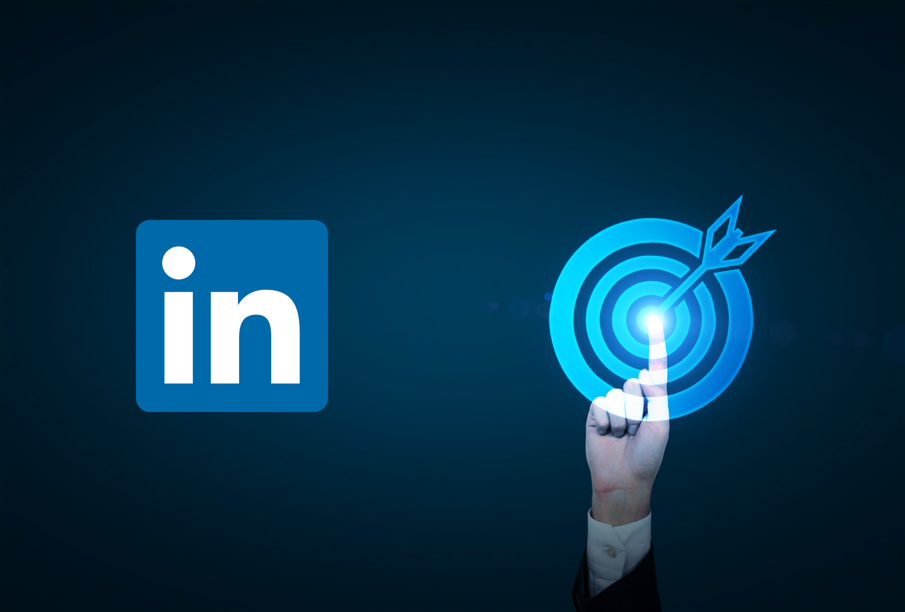In the dynamic world of higher education, enrollment marketers are continuously seeking effective strategies to enhance student enrollment. One common pitfall that enrollment managers make when crafting their social media marketing strategy is assuming that all platforms are more or less created equal.
While networks like Facebook, Twitter, and Instagram all have unique characteristics, their core “mission” — to be a place where users create and share personally crafted content with their friends and family members — is more or less the same.
But LinkedIn is different, and therefore, it’s important to communicate and advertise on this professional network in a unique and appropriate way.
Understanding the unique landscape of LinkedIn
LinkedIn, with its professional network of more than 1 billion users worldwide, is a pivotal platform for digital marketing ads, particularly in advancing enrollment marketing plans. When people log on to LinkedIn, they’re typically doing one of the three things:
- Updating their profile because they’re looking for a new job
- Connecting with others to augment their professional networks
- Looking for informative content from industry thought leaders
LinkedIn has grown rapidly over the past couple of years and has doubled in users since 2017. Professionals use the platform as a space to learn, to be inspired, and to grow, which presents a remarkable opportunity for enrollment managers seeking to attract new inquiries.
LinkedIn users aren’t looking for a quick pick-me-up cat video or the latest trending meme — they’re searching for resources that will equip them to take that next step up the proverbial ladder of success.
Advertising on Facebook, Instagram, and Twitter are great ways to reach new people, but LinkedIn is the place to be if you’re looking for highly qualified audiences.
LinkedIn for higher education advertising: the basics
Before advertising on LinkedIn, you should determine what you want to achieve (e.g. clicks, acquiring followers, or obtaining email addresses). If you’re just looking to grow your follower base, then you’ll want to conduct a regular sponsored content campaign, but if you’re looking to get email addresses from your audience, then we recommend using LinkedIn’s Lead Generation Form.
(Related content: What Enrollment Marketers Need to Know About LinkedIn Lead Gen Ads)
For many enrollment marketers, getting names, numbers, and email addresses can be a challenge. People are lazy — and often times they don’t want to take the time to fill out a long form (especially if they’re on a mobile device). And that’s what makes the Lead Gen Form so attractive. The form automatically populates each field (first name, last name, email, etc.) with the user’s information that is listed on their LinkedIn profile page. The only thing they really need to do is click “Submit.”
Selecting your targeting parameters (hint: don’t waste your money)
Seeing a potential reach of 500,000 people may seem great, but it’s a waste of your precious advertising dollars. When choosing your targeting parameters you want to hone in on an audience that is most likely to convert.
“Well, how do I do that?” We’re glad you asked!
Start by selecting a location(s) that contains potential applicants who are most likely to attend your university. If you’re targeting users on the other side of the country, that’s not the most effective use of your ad budget. The other demographical categories can include a slightly larger range of information but don’t reach too far for multiple parameters or you could end up targeting users with little to no interest.
Another option to utilize is the Matched Audiences feature. This allows you to target custom audiences to reach website visitors, contacts, and target accounts. These targeting options are very specific, so if you’re looking to attract new users to your inquiry pool, this may not be the targeting format for you.
CPC, CPM, bid amount — what are these?!
You likely know that CPC stands for cost per click and that CPM stands for cost per impression (technically cost per mille, which is per thousand impressions), but knowing which one to choose is a different ball game. When you’re bidding CPC, your ad will be shown more frequently based on the number of clicks it’s receiving. If you’re bidding CPM, LinkedIn will show your ad regardless of how well it is performing, which is good if you’re in a time crunch.
Where some consistency comes into play is for the bid, which is how much you’re willing to pay for a click or 1,000 impressions. LinkedIn will provide you with a minimum bid amount and a suggested bid. The suggested bid is almost always the best fit because LinkedIn knows what other advertisers are promoting and how much they’re spending.
Tracking and optimization: refining your LinkedIn ads for maximum impact
Once your LinkedIn ads are live, the work doesn't stop. Tracking the metrics of your ads will let you know how effective your ad is — and was — and after compiling metrics of multiple ads you’ll get a better sense of what type of content performs best. Using this model repeatedly will ultimately assist you in putting out the most engaging content and lowering the amount you need to spend to reach your goals.
Don’t be afraid to run tests in the beginning to see what your audience interacts with most. It may seem like a waste of money, but in the long run you’ll know the ad format, the targeting parameters, and the payment options that bring you the most return on your investment.
While advertising across all social networks is important when it comes to higher education marketing, promoting content in an environment that celebrates career advancement and professional development can be wonderfully successful — especially when it comes to graduate student recruitment.
Let us strengthen (or create!) your digital ad strategy
Most admissions teams are overwhelmed, underfunded, and — oftentimes — undervalued. They're asked to do the impossible, and nowhere is this more clear than in the realm of digital ads. For all those schools who can afford to throw half a million at ads — great.
But when you work smarter, you can do more with less. That’s where we come in.
DD Agency is a full-service digital marketing agency that specializes in higher education marketing. We focus on creating sustainable marketing plans by providing value first to prospective students. Our mission to "help Davids beat Goliaths" is two-fold: we like to help schools defy the odds (whether it be competitors, budgets, or bureaucracy), and we believe in preserving access to education — the very thing that levels the playing field for "Davids" everywhere.
So, if you're looking for a higher education marketing agency that can help with your digital advertising needs (or anything else, really), look no further. Request more information today!








